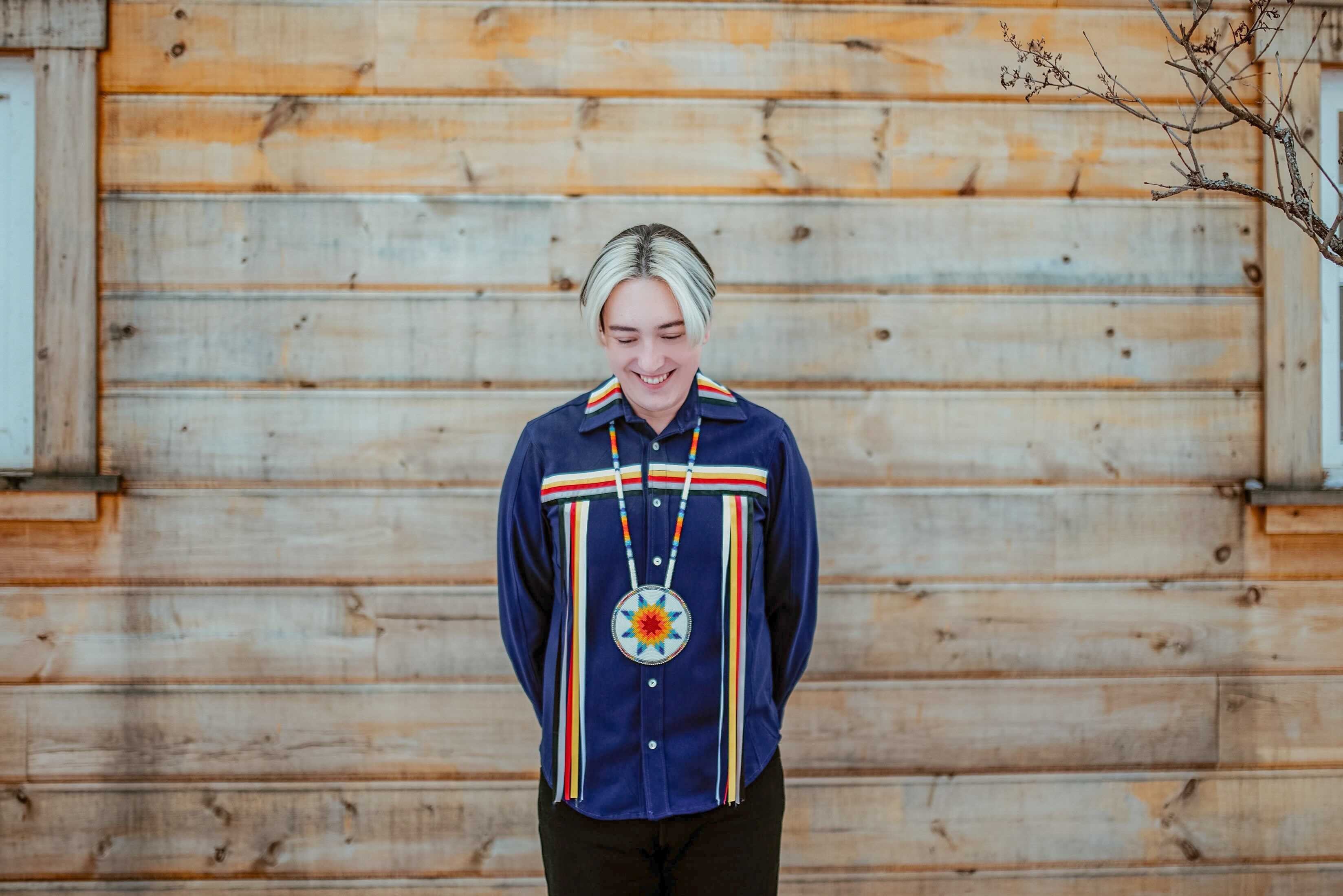Christian Allaire is a fashion and style writer at Vogue and recently released a book entitled The Power of Style which focuses on how fashion and beauty are being used to reclaim cultures. This June, Allaire is joining the CFDA and leading a series of virtual conversations around the Native American and Indigenous design communities contribution to the American fashion industry.
What was your goal in writing The Power of Style and what insights do you hope its brings to readers?
I wrote this book because it’s something I wish I had read when I was younger. I wanted to show youth all the different cultures that exist out there, and how they all have their own beautiful traditions and cultural clothing. My hope is that one kid out there reads it and feels empowered to celebrate their own identity through fashion. When you’re young, you often want to “blend in,” and it’s easy to be self-conscious about our unique heritage and style. I certainly was when I was young. But I wanted to show that there is, in fact, nothing cooler or more special than embracing your own identity.
You mention that while growing up, you did not see yourself reflected in magazines. Did that play in role in why you wanted to work in this industry?
At first, no. I just desperately wanted to be a part of the fashion world because I loved it! But as I started getting more into the industry, yes, I recognized a greater need for Indigenous fashion—and cultural fashion in general—to be brought to the forefront. I grew up on Nipissing First Nation and was surrounded by beautiful regalia 24/7, yet didn’t comprehend—and still don’t—why this wasn’t being covered in fashion at all. There’s still so many amazing Indigenous designers out there who need a platform, still. The work is far from over.
For Native American and Indigenous designers, why is it so important to connect traditions and culture with design?
For Indigenous designers, it’s just inherent to incorporate traditions and culture into their work. We as Indigenous people live by certain customs and morals, many of them centering around nature teachings and our planet, and so many designers will apply these teachings to their fashion design work; their work often sustainable or eco-friendly in some way as a result.
It is also up to us, the current Indigenous generation and the next, to carry on the traditions that colonizers tried to strip from us—and this very much applies to design work. Our tribes hold so many unique craftwork techniques, and you will find that many Indigenous designers make use of them—to carry them forward, and to honor our ancestors.
What were some of the most interesting (and maybe surprising) things you learned while writing the book as it pertains to how style keeps culture alive?
I was surprised that, no matter how different cultures may seem different from one another, we all have so many shared experiences. We have all felt neglected by the fashion industry or made to feel inferior or “less beautiful” in some way. But what inspires me is to see so many designers, from so many backgrounds, now fully embracing their heritage and being 100 percent unapologetic about it.
What is next for you and what other topics are you eager to address with our industry?
Writing my first book was just the tip of the iceberg. There are so many more aspects of cultural fashion to explore, and specifically within the Indigenous fashion space, I could write a whole other book on that alone. Only time will tell… 😉
Please join us for our next webinar conversation by registering below:
Opportunities to Foster and Preserve the Crafts of the Native American and Indigenous Design Community
Wednesday, June 23 12:00 – 1:00 PM EDT
Register here



